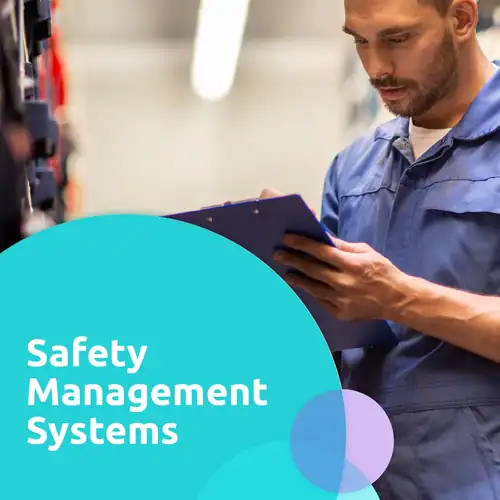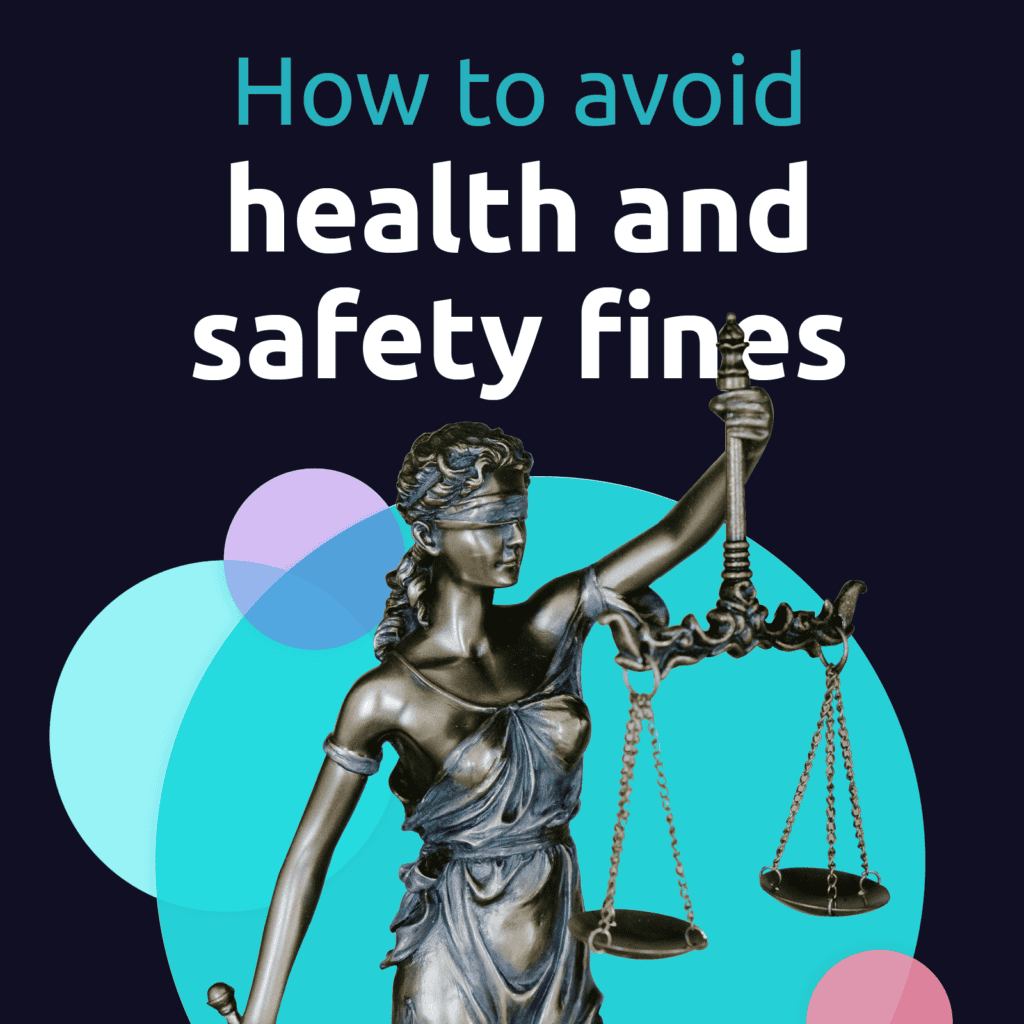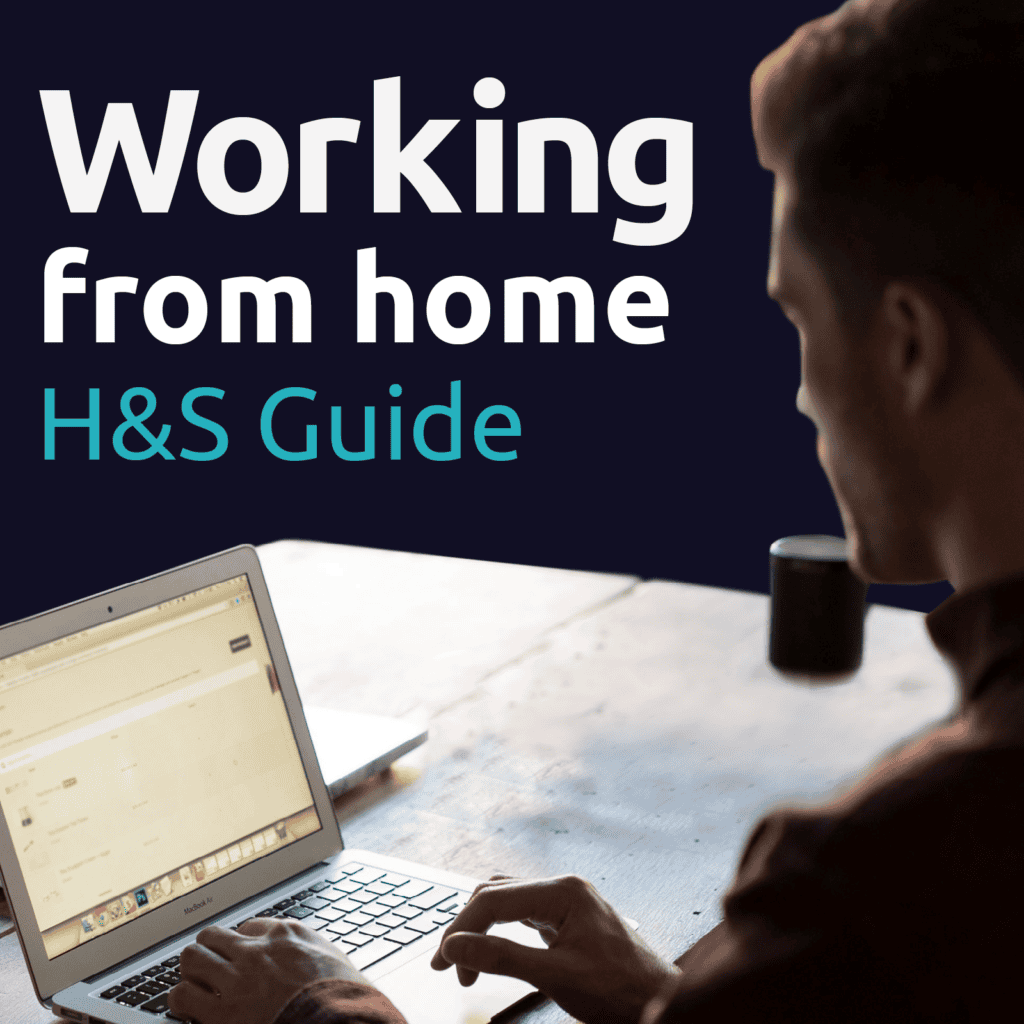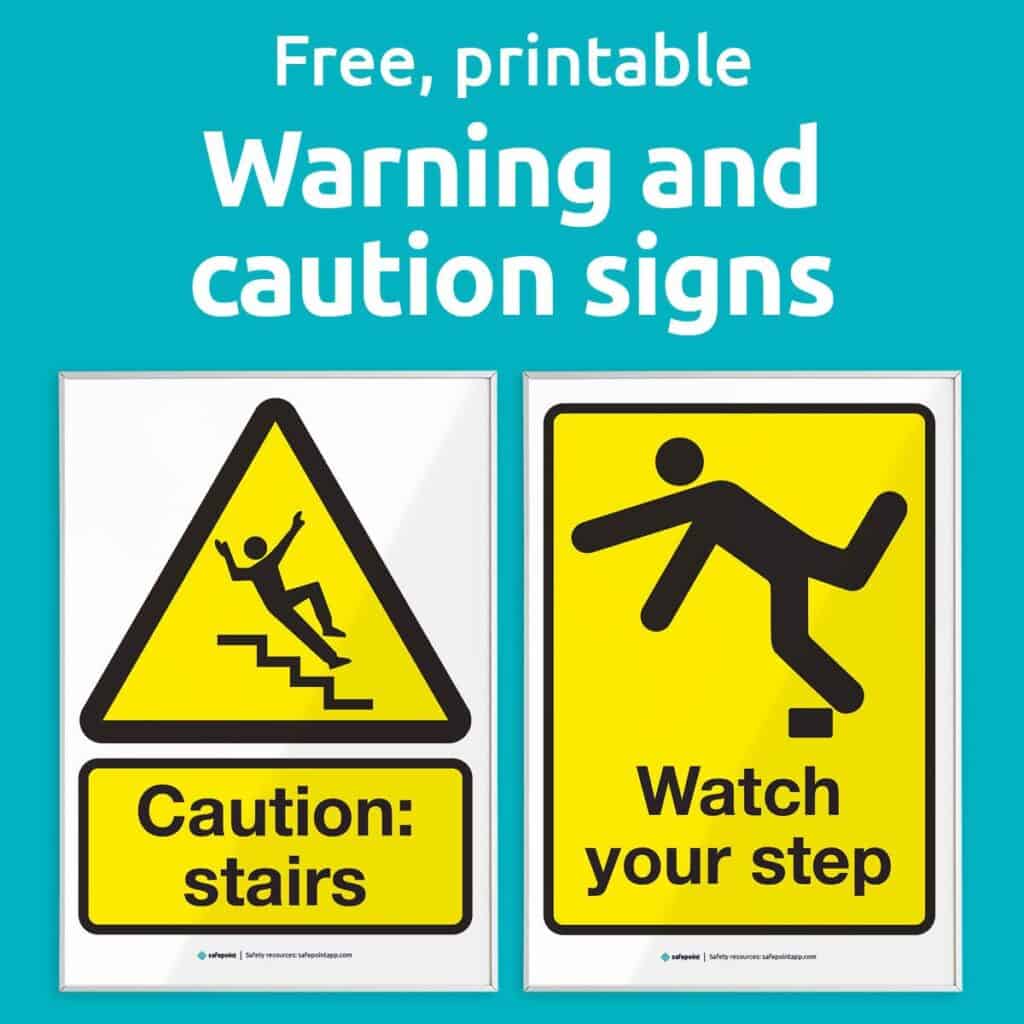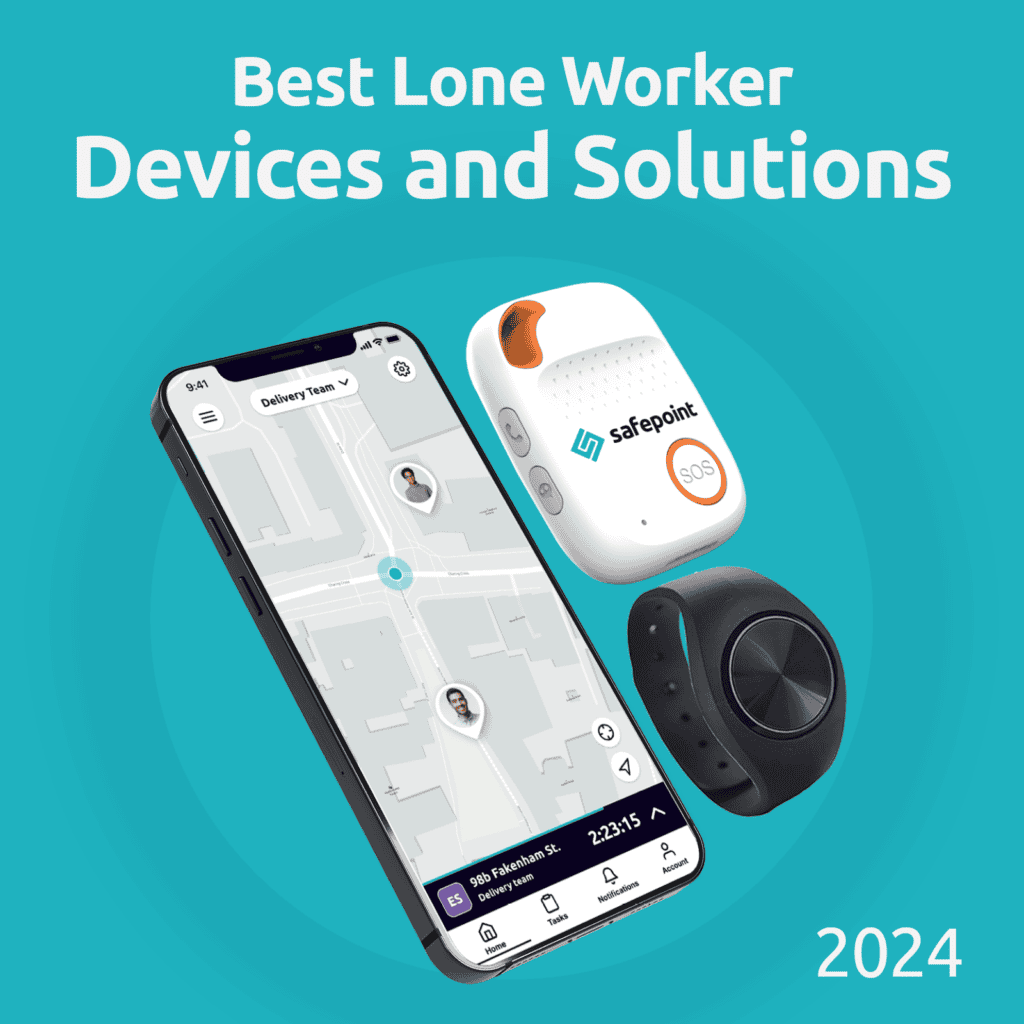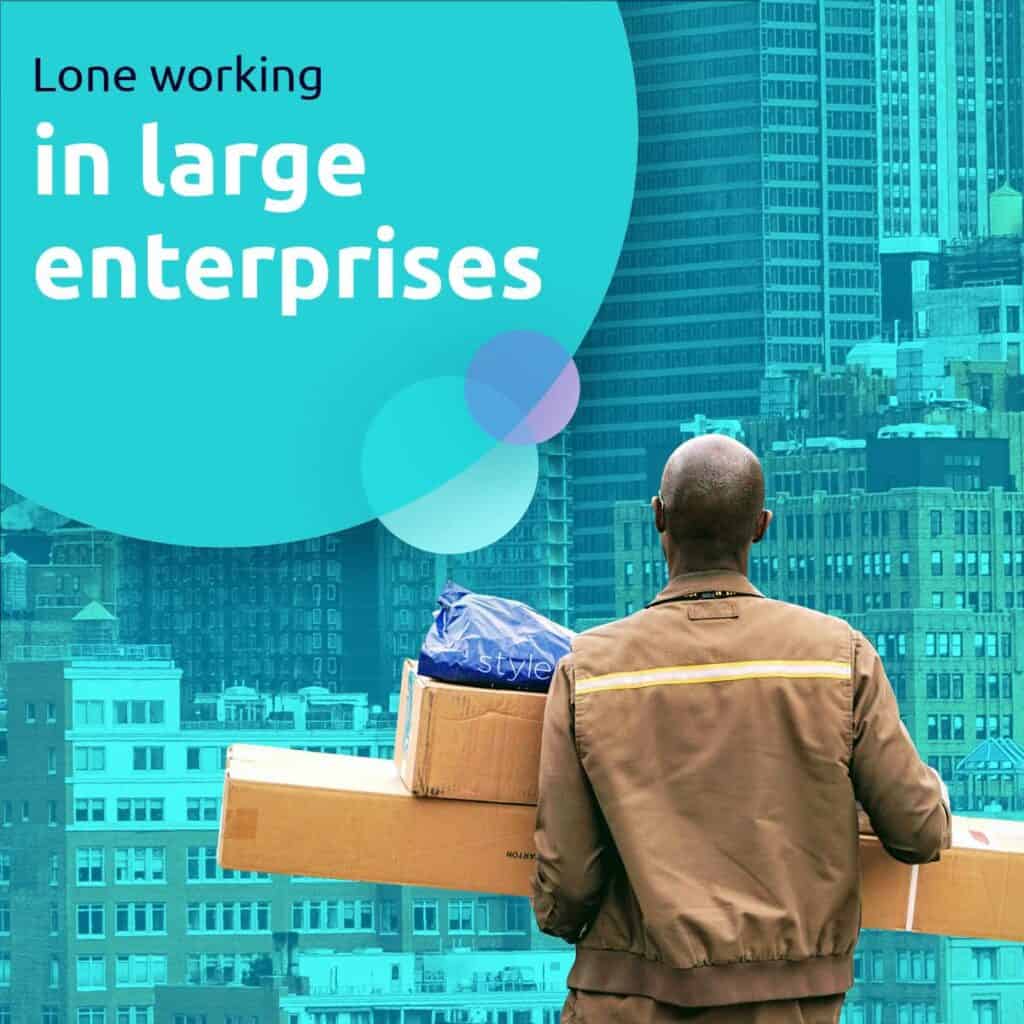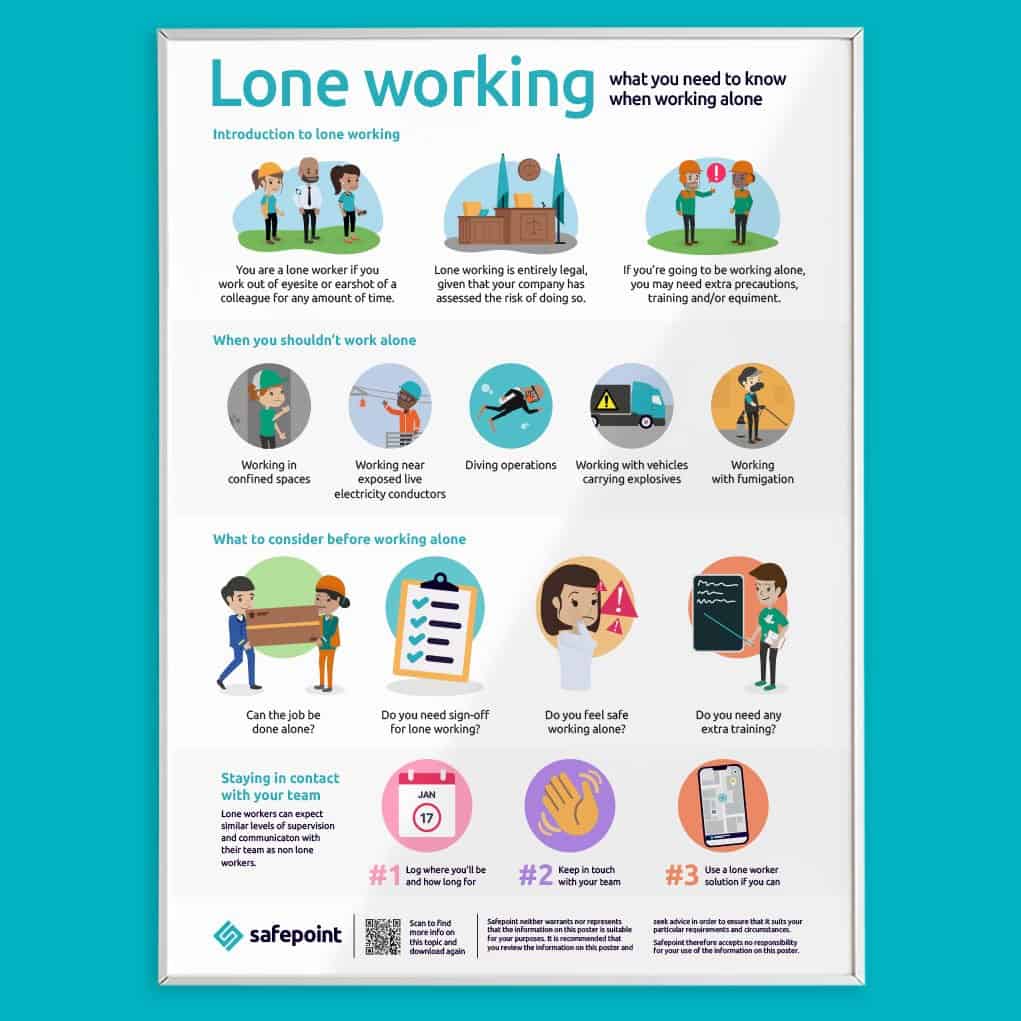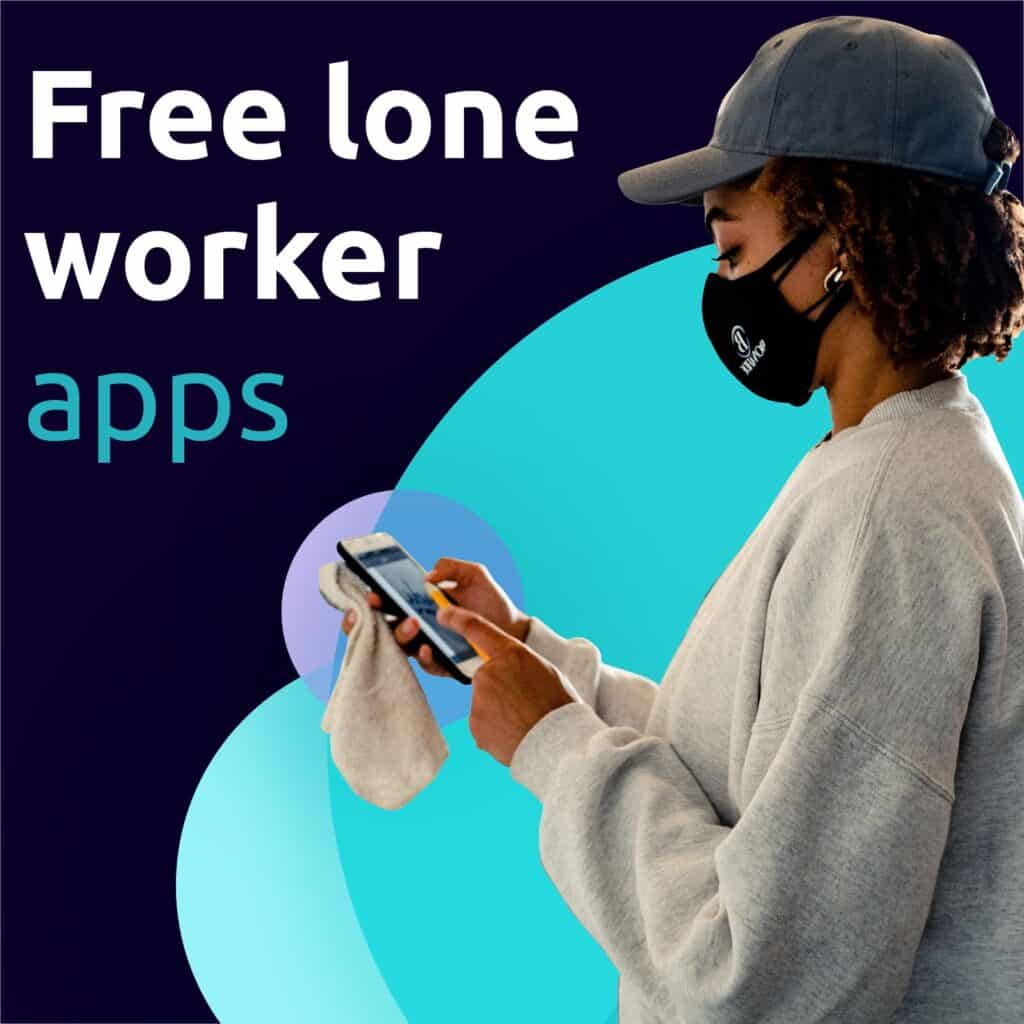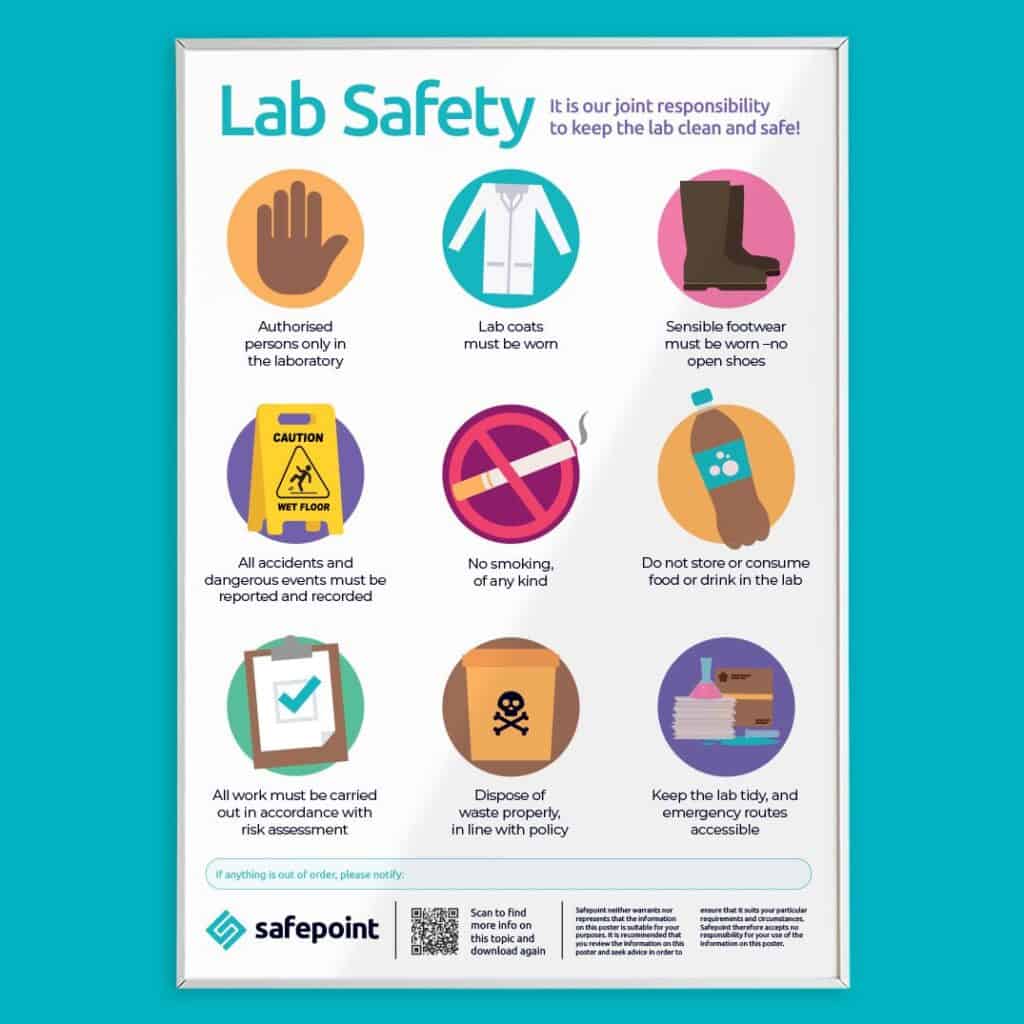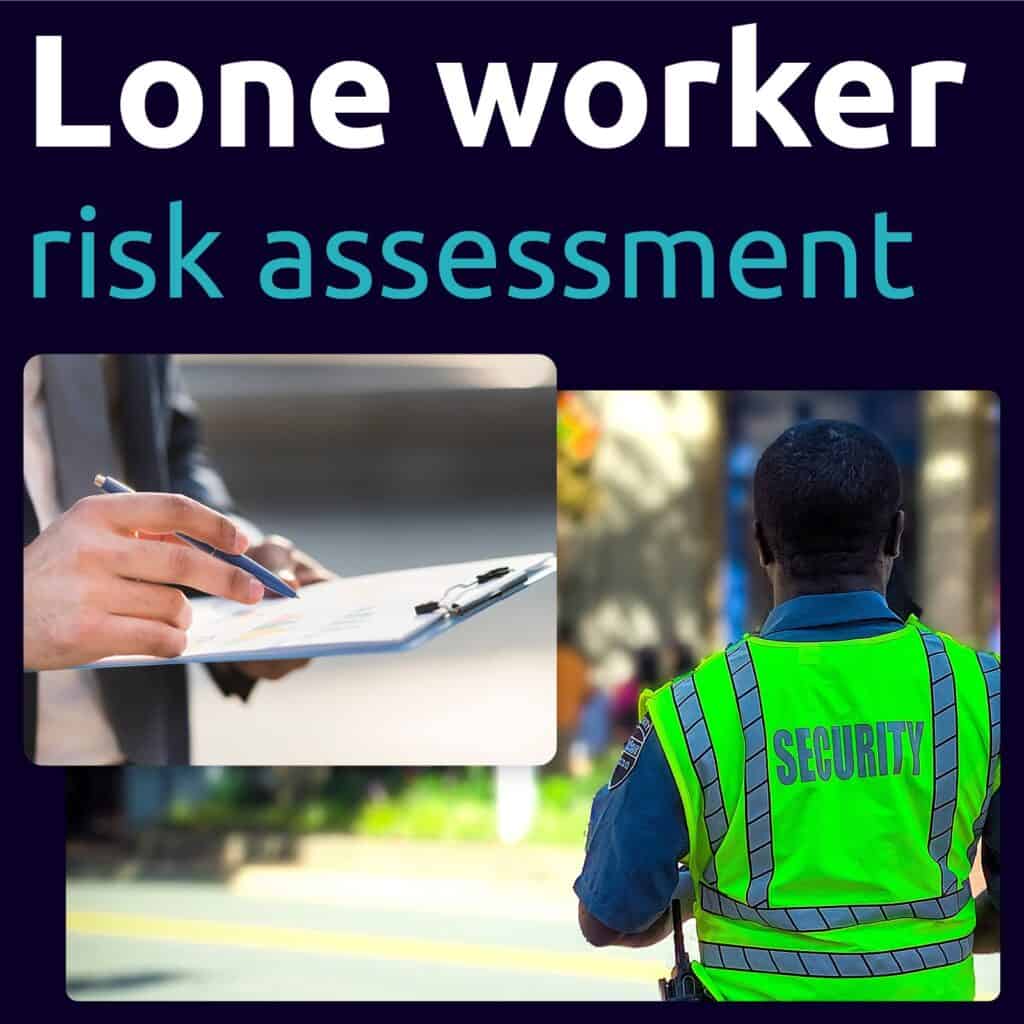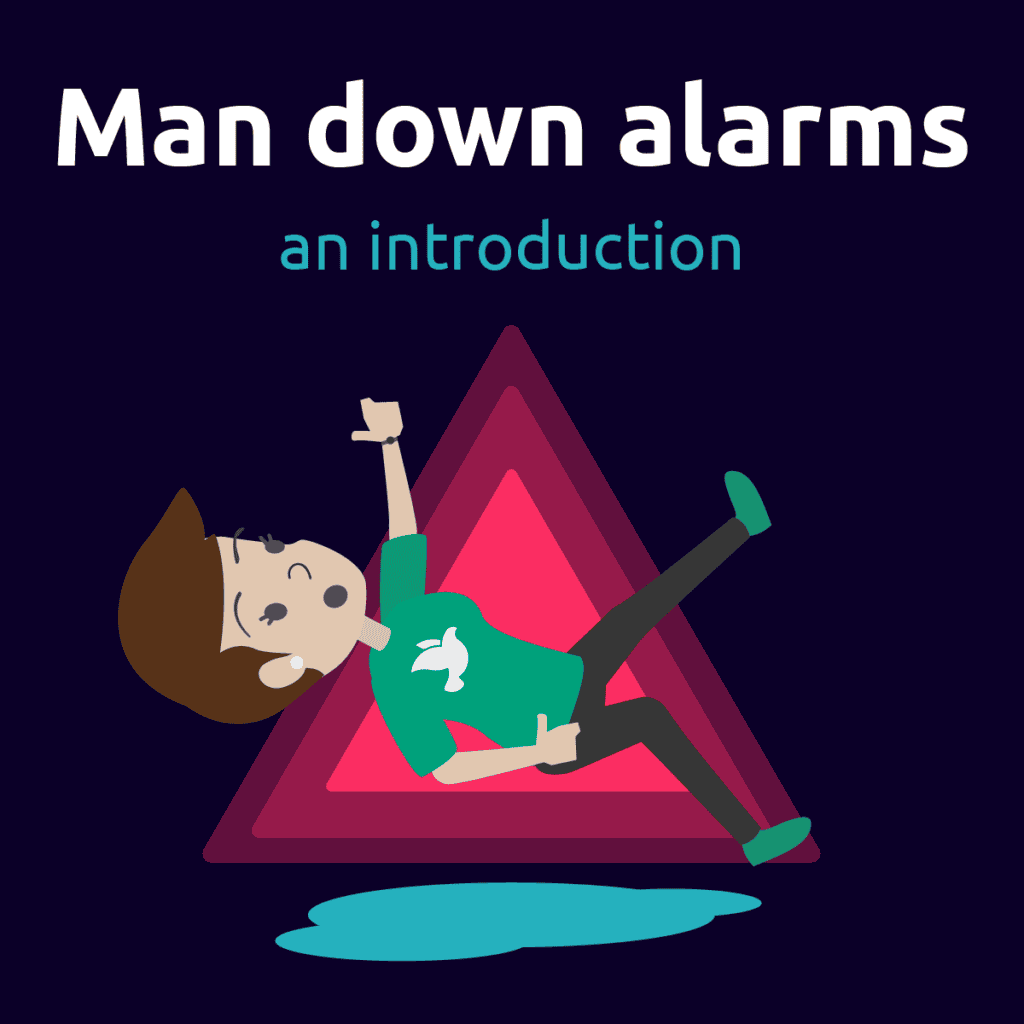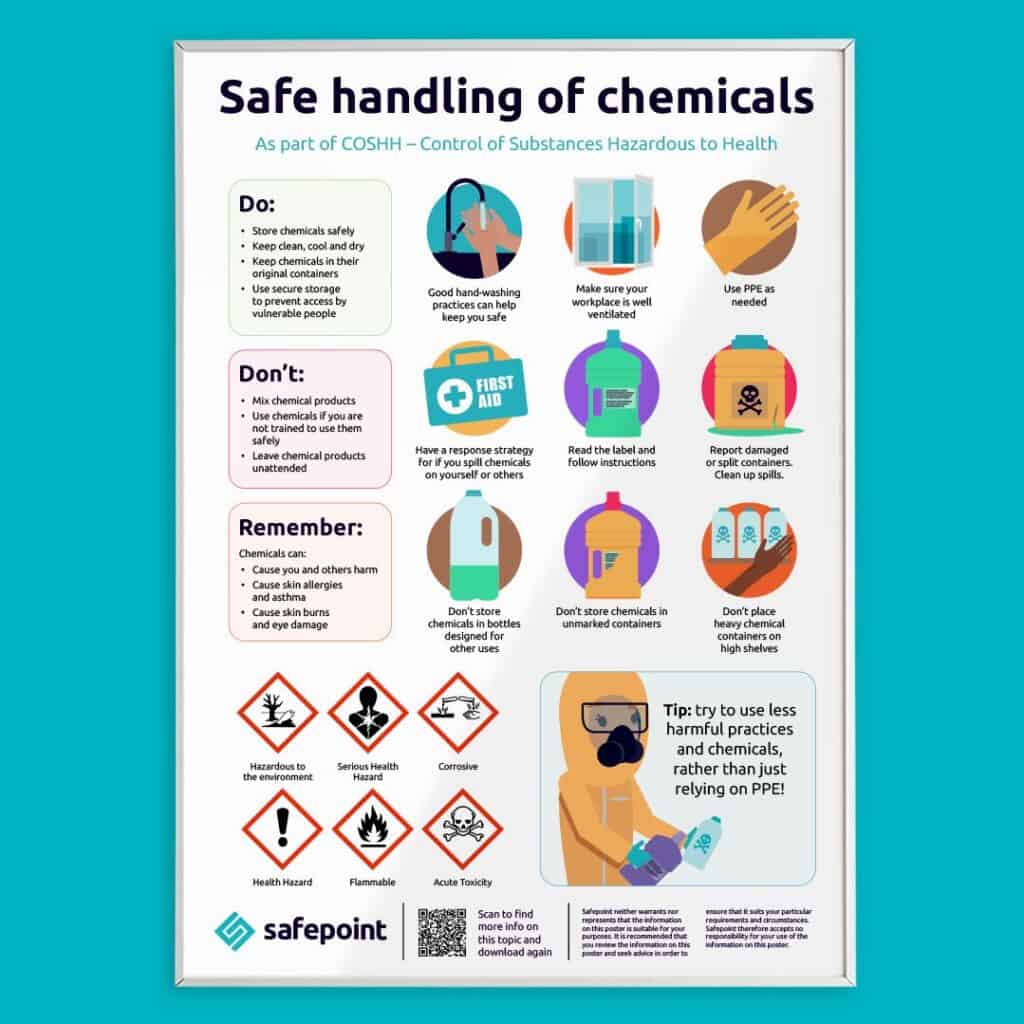
What employers need to know about Washington State’s Isolated Employee and Lone Worker Safety Laws
As of January 1st 2026, Washington State will enact stricter safety and health laws for those who work alone (now referred to as “isolated employees”).
As experts in the isolated employee and lone worker space, we will explain in this article what the legislation says, who is affected, and what you, as an employer, need to do.

